 Part of the Oxford Instruments Group
Part of the Oxford Instruments Group
Expand
Collapse
The efficiency of quantum devices is heavily dependant on the choice and quality of the superconducting material used during the operation. Atomic layer deposition (ALD) is an advanced technique that deposits ultra-thin films with atomic-scale precision.
Our ALD process enables you to produce films with high purity, precise thickness control, conformal coating in high aspect ratio structures and uniformity over large-area substrates.
For superconducting single photon detectors it is important that the material of choice exhibits superconducting behaviour at high critical temperatures (Tc) in order to avoid the additional cryocooler techniques that are needed for low Tc material, and that the quantum efficiency (QE) and quantum detection efficiency of these devices is maximised.
Download our White Paper and learn the advantages that our Atomic Layer Deposition process offers for superconducting devices.
DOWNLOAD WHITE PAPER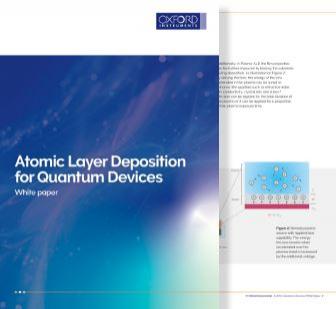
Superconducting metal nitrides exhibit superconducting behaviour at high critical temperatures (Tc) and achieve better performance in quantum devices because they have less lossy native oxides than typical sputtered superconducting materials. We've developed a plasma-enhanced ALD process to deposit high quality, high Tc NbN for superconducting devices.
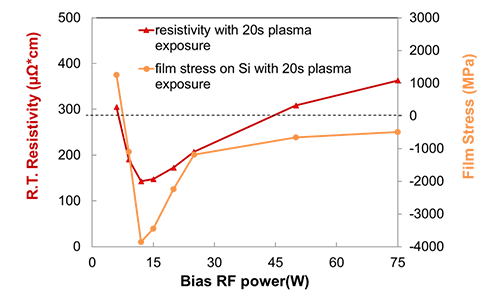
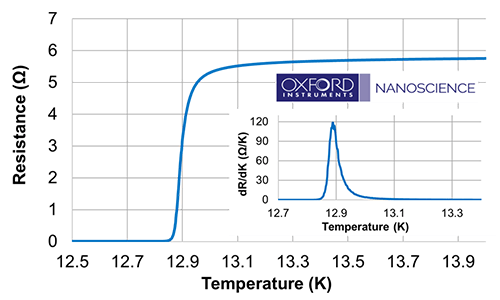
We've successfully deposited superconducting TiN by plasma ALD using bias to finely tune film properties such as room temperature resistivity, crystallinity, and stress. Consequently, this has achieved a critical temperature of 3 K for a 90 nm film deposited at 250°C
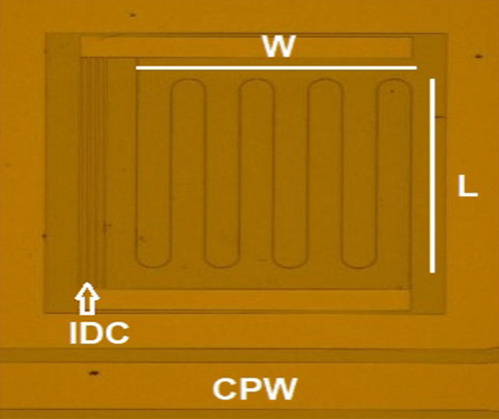
(Credit: University of Glasgow)
Combine the benefits of plasma ALD (PE-ALD) with the capability of clustering systems to other technologies and unlock unique capabilities.
Remove amorphous native oxide prior to growing high-quality PE-ALD of Al2O3 by either:
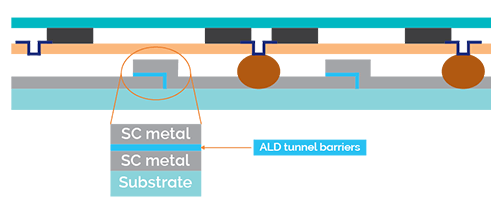
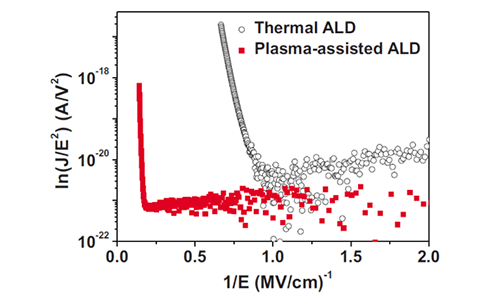
(Credit: Jinesh et al., 2011)
The FlexAL atomic layer deposition (ALD) system offers a broad range of optimised high-quality ALD processes for the fabrication of tunnel barriers and passivation layers for a variety of quantum devices, and enables the deposition of superconducting thin films with high critical temperature for TSVs, resonators and single-photon detectors.
Oxford Instruments have a strong history in providing state of the art solutions in this rapidly developing applications are a key enabler of quantum technologies beyond device fabrication solutions.